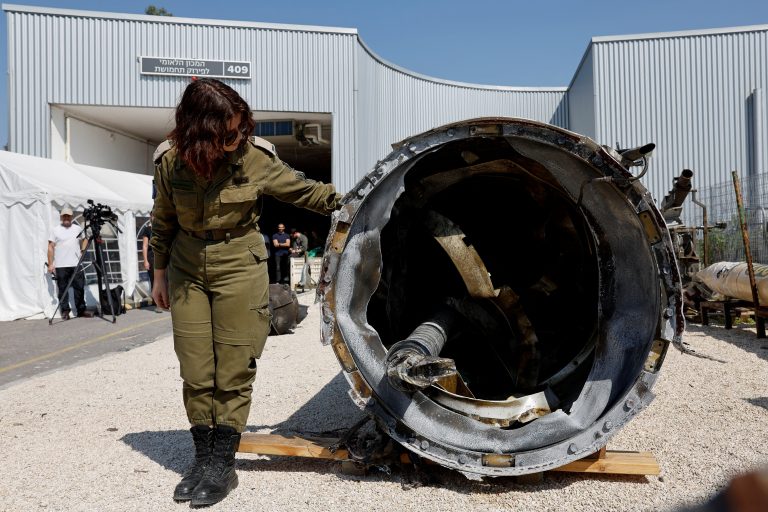According to the official Twitter account of Arizona’s Maricopa County audit, the paper examination phase of the investigation should be completed by June 26 at the present examination rate of 100,000 ballots per day. The audit includes scanning ballots, testing voting machines, checking for information technology (IT) breaches, and conducting a hand recount of the 2.1 million ballots cast in the 2020 presidential race.
In a write-up at Newsmax, Bernard Kerik, the former Police Commissioner of New York City Police Department, explained the importance of the Arizona audit and processes involved in the examination. He witnessed the Arizona audit process firsthand and was impressed by the “attention to detail” and “level of conscientiousness.” He explained that the audit employed the same methods that casinos use to catch cheaters.
Security
Only people whose names are on a pre-approved list are allowed to enter the audit site premises. The IDs of visitors are verified at a security checkpoint, and they are always under the careful watch of audit personnel, who escort them around the site. Before entering the floor where the audit is being conducted, all visitors must forfeit their cameras, cell phones, and writing equipment.
The floor is divided into multiple sections, with each section representing the various stages of the audit process. The tables in each section are color-coded, with workers wearing the same colors. As a result, those who move away from their designated area to other sections are easily identified.
Every group of two or three tables falls under the purview of an audit supervisor, who will step in to deal with both small and large issues. Everyone on the floor is under the surveillance of high-tech cameras, all of which are livestreamed to the public.
Ballot review
Success
You are now signed up for our newsletter
Success
Check your email to complete sign up
The ballot review process has begun with a simple hand recount. “One by one, ballots are placed on rotating stands in the middle of each table, and each one is viewed and counted by three separate people, whose independent tallies must line up. Each batch has 50 ballots, and once all of them are counted they’re boxed, sealed, and marked with the name of each counter, much like an evidence label,” Kerik wrote in the Newsmax article.
Each box is placed in a locked cage, where it will remain until the next station is ready to review it. In the next step, high-resolution cameras are used to conduct digital imagery examination of the ballots. The ballots are then boxed up again, labeled with a new tabulations page, and eventually locked in another cage under 24/7 surveillance.
Democrat opposition
Kerik writes that the audit process maintains “accuracy, integrity, and accountability.” There is “no way to cheat” since everything is being monitored on camera.
After witnessing the entire audit, Kerik feels that the reason why Democrats are so “hot and bothered” is because it will catch anything improper that took place in the 2020 general election. The Democrats will have no “hope of refuting any improprieties this audit reveals.”
In an interview with Arizona PBS in May, Arizona Senate President Karen Fann said that Democrats “do not want this audit done” and that the real purpose of the audit was not to change the result of the 2020 presidential race, but rather to maintain the integrity of elections.
“I’m going to be very, very clear here because this is something that just isn’t getting reported enough. This election is not about [former President Donald] Trump, it’s not about overturning the election or electors or anybody else. This is about 49 percent of Arizona voters have no confidence in our election system,” Fann said in the interview.
What happens after the audit?
Once the audit team completes the investigation, a report will be published with their findings, including all of the election irregularities uncovered. Arizona GOP lawyer Alexander Kolodin believes that the audit is going to show “that something went wrong.”
“If the audit illuminates that there’s [sic] vulnerabilities in X, Y, and Z parts of our election system, state legislatures can target those with a laser beam and fix X, Y, and Z parts of our election system,” Kolodin said to NTD. If the audit shows signs of fraud, it will be referred to law enforcement agencies.
In an interview with The Epoch Times, Arizona Republican Senator Wendy Rogers stated that “it’ll be our duty to act in whatever way is appropriate” once the audit verdict is out.















